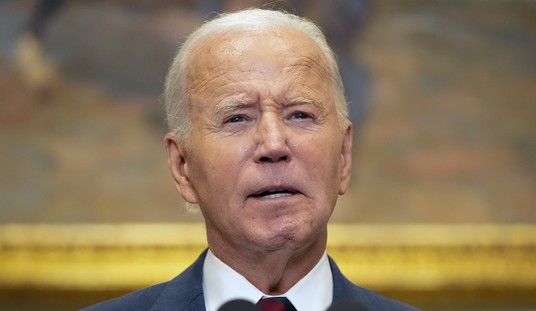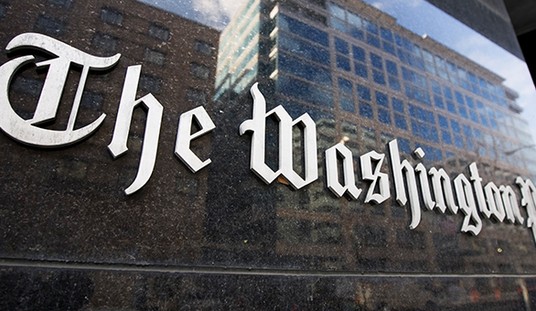The April jobs numbers came out today and the “official” rate of unemployment dropped to 7.5%. Revisions upward in the numbers of jobs created in February and March, as well as the 165,000 jobs created in April contributed to the decline.
But there is still little cause for optimism. The more accurate U-6 report, which adds workers too discouraged to look for work and part time workers who want full time work but can’t find it, climbed from 13.8% ti 13.9%. The labor participation rate — the lowest in its recorded history — remained unchanged.
James Pethokoukis goes inside the numbers:
While the American economy added 293,000 jobs last month, according to the separate household survey, the number of persons employed part time for economic reasons — “involuntary part-time workers” as the Labor Department calls them – increased by almost as much, by 278,000 to 7.9 million. These folks were working part time because a) their hours had been cut back or b) they were unable to find a full-time job. At the same time, the U-6 unemployment rate — a broader measure of joblessness that includes discouraged workers and part-timers who want a full-time gig – rose from 13.8% to 13.9%.
What’s more, there wasa 0.2 hour decline in the length of the average workweek. This led to 0.4 percentage point drop in the index of average weekly hours, “equaling the largest declines since the recovery began,” notes economist Dean Baker of Center for Economic and Policy Research.
Let’s see, more part timers and fewer hours worked. Economist Douglas Holtz-Eakin says what we’re all thinking: “This is not good news as it reflects the reliance on part-time work. … the decline in hours and rise of part-time work is troubling in light of anecdotal reports of the impact of the Affordable Care Act.”
Anecdotal reports like this one from the Los Angeles Times: “Consider the city of Long Beach. It is limiting most of its 1,600 part-time employees to fewer than 27 hours a week, on average. City officials say that without cutting payroll hours, new health benefits would cost up to $2 million more next year, and that extra expense would trigger layoffs and cutbacks in city services.”
Now, there is the possibility that government furloughs are affecting the length of the workweek. (Though at the same time, steady if unspectacular private-sector job growth shows the Fed may be continuing to effectively offset any negative sequestration impact.)
Obamacare is such a behemoth that its macro effect on the economy is enormous. It can be easily argued that the sharp rise in part time workers is due almost entirely to Obamacare. And there is still the uncertainty drag on the economy as businesses are still hesitating to hire full time workers.
Pethokoukis writes, “the combo of data and anecdotes should at least raise red flags about how health care reform could be permanently altering the structure of the American labor market.” A scary thought, that. A nation of part time workers with many Americans holding down two part time jobs just to make ends meet is a nation that will be on its knees begging for government goodies to bridge the gap between what it costs to live and what their take home pay amounts to.
Forget the confusion that will be the norm when the state insurance exchanges open. Forget the complexity of the subsidies. Forget the steep increases in premiums and the massive expansion of Medicaid.
Forget everything about Obamacare except the essential notion that the structure of the American labor market could be permanently altered because of the criminal negligence by Democrats in Congress who created this monstrosity. Many of the consequences of the ACA we are seeing today were predicted. The naysayers were ignored — even vilified and laughed at. It should give them cold comfort that they appear as prophets now.
Pethokoukis writes that this is the first “Obamacare jobs report.” We’ll have to keep an eye on stats like the increase in part time workers and fewer hours worked in succeeding months to validate that assumption. But we’re less than 5 months away from the launch of the state insurance exchanges and the closer we get to that date, the bleaker the outlook for jobs becomes.










Join the conversation as a VIP Member